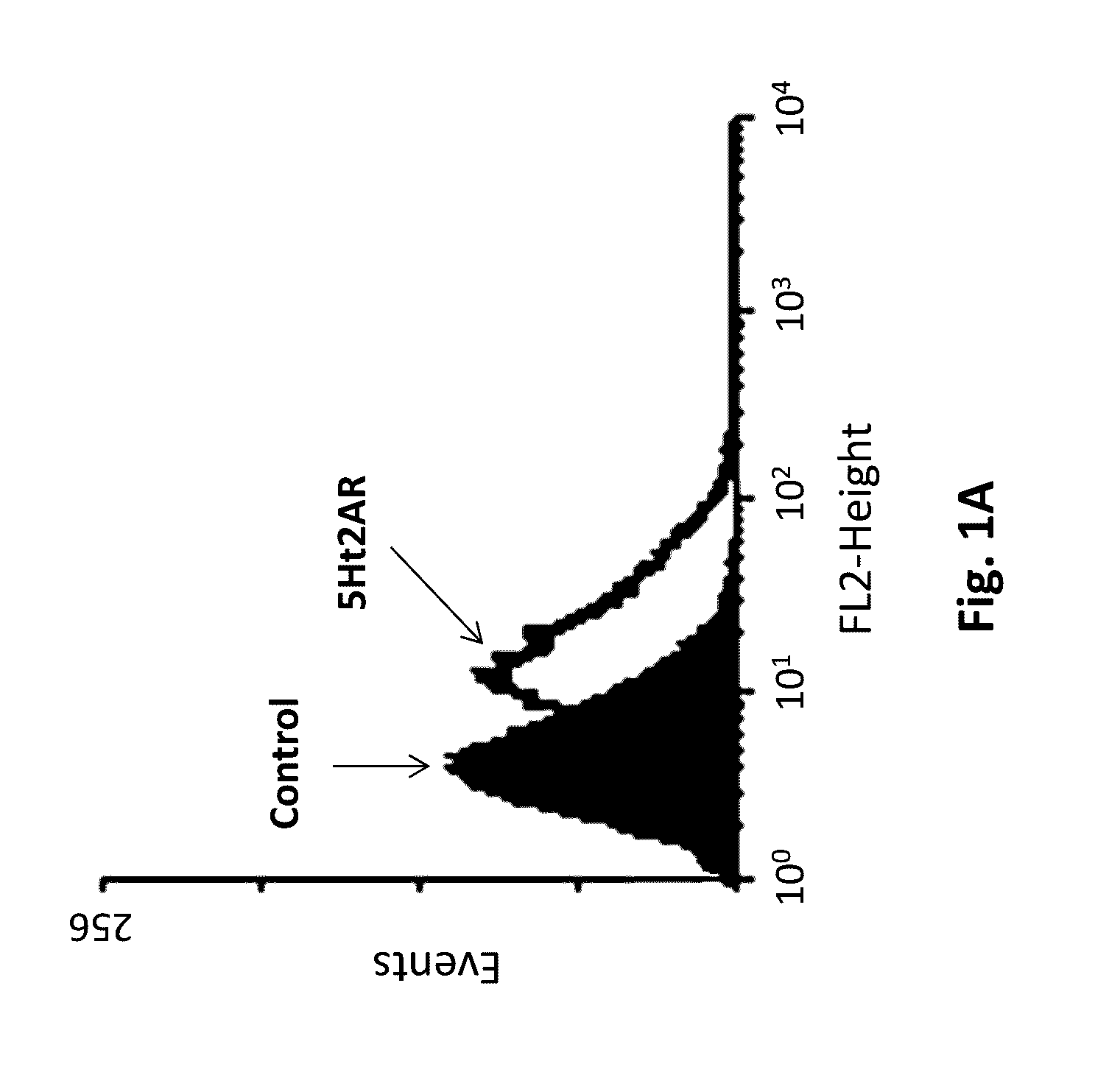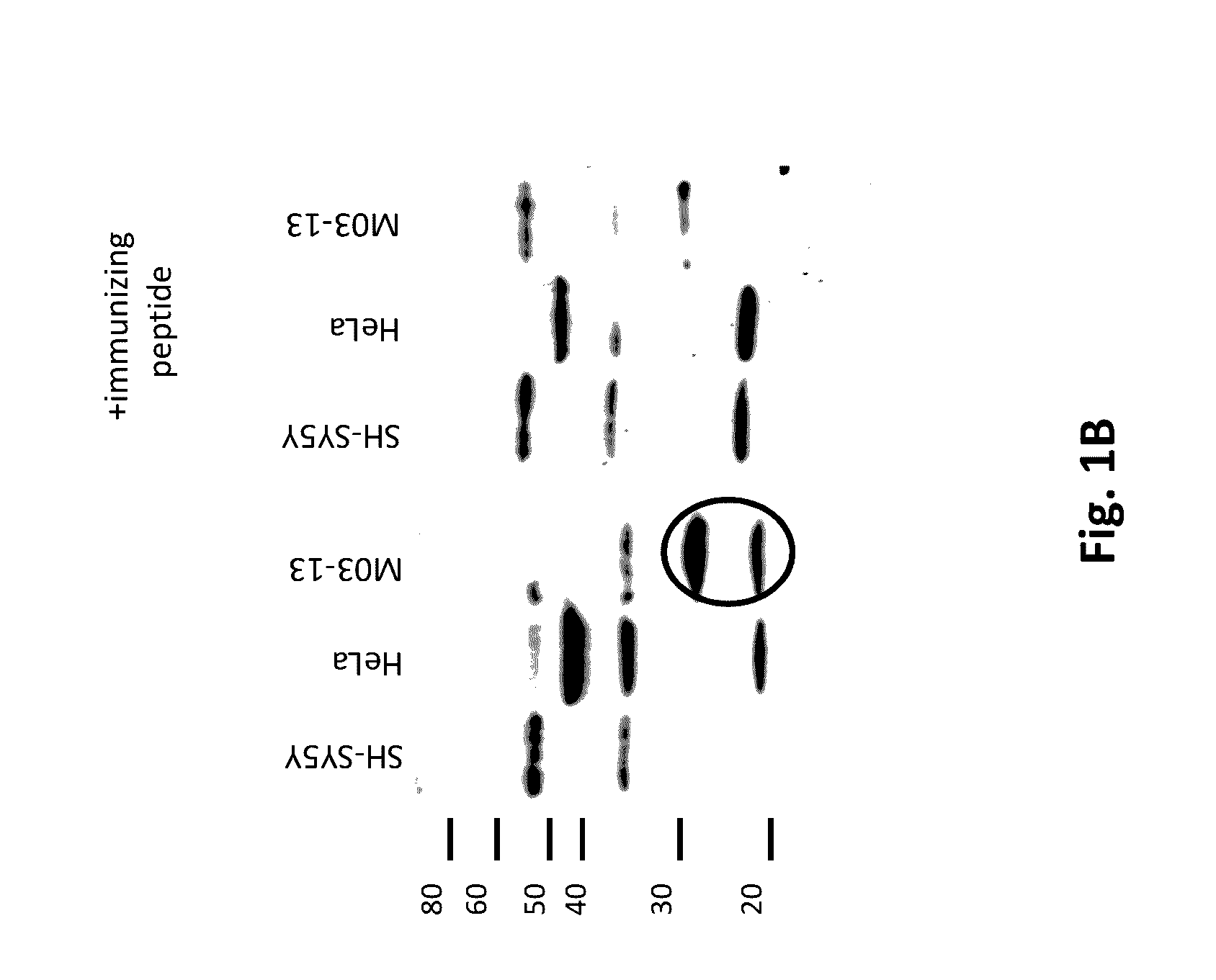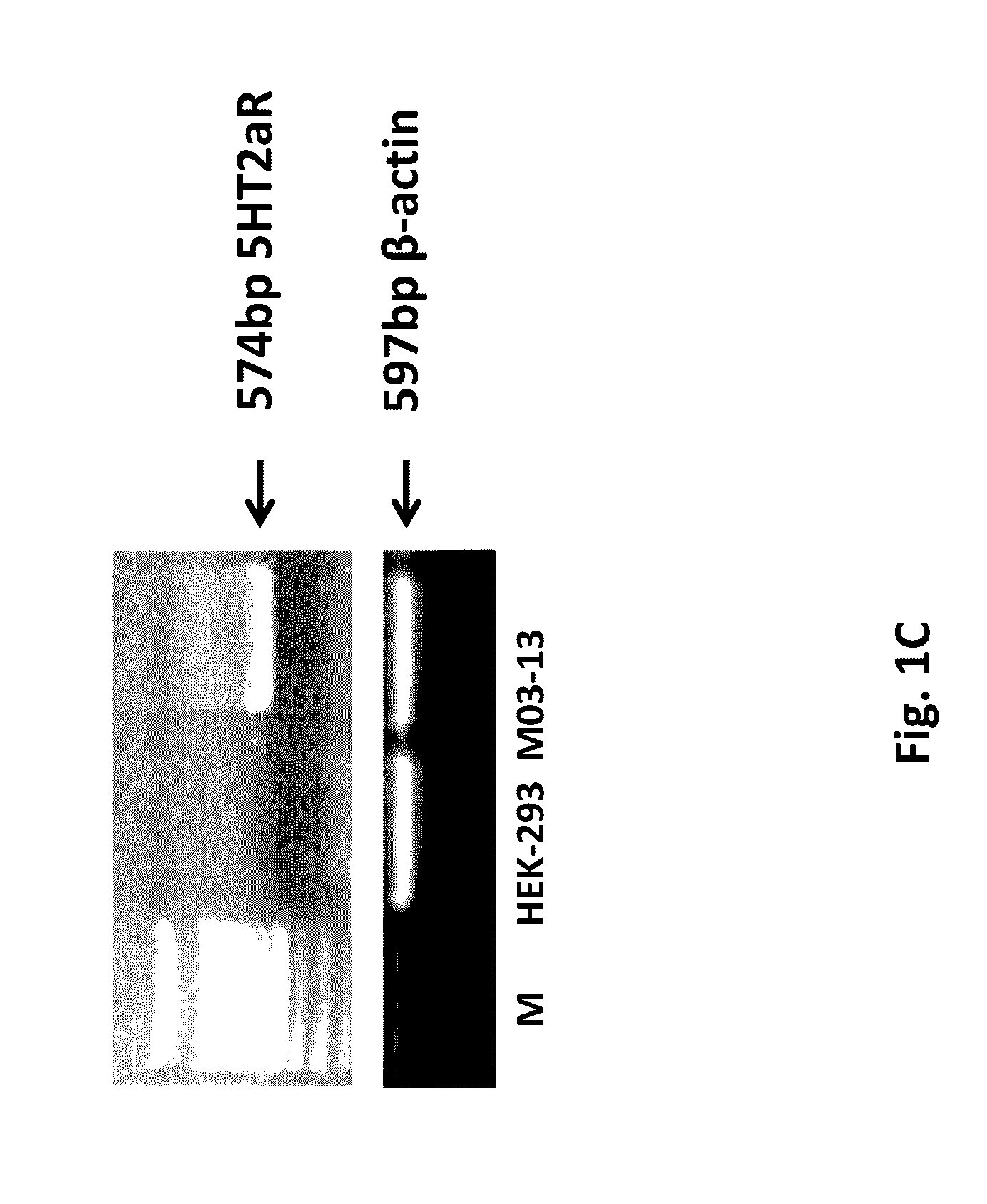Diagnosis and therapy of Multiple Sclerosis
a multiple sclerosis and diagnosis technology, applied in the field of diagnosis and treatment of multiple sclerosis, can solve the problems of inability in young adults, inability to diagnose multiple sclerosis, and inability to carry out daily activities, so as to increase the convenience of the subject and the physician
- Summary
- Abstract
- Description
- Claims
- Application Information
AI Technical Summary
Benefits of technology
Problems solved by technology
Method used
Image
Examples
Embodiment Construction
[0151]Materials and Methods
[0152]Patients
[0153]In the study MS group comprises men and women between 15 and 50 years of age who meet all the following criteria:[0154]diagnosis of relapsing / remitting MS, according to McDonald criteria;[0155]an Expanded Disability Scale Score (EDSS) between O and 5.0;[0156]lesions detected by MRI compatible with the diagnosis of multiple sclerosis;[0157]at least one acute episode in the last 12 months.
[0158]Control samples include other neurological disorders affected patients (including inflammatory, degenerative diseases not involving direct or indirect de-myelinization, i. e.: cerebral cancers, stroke, vasculitis, etc) that need differential diagnosis with multiple sclerosis. Control patients were selected by sex and age to be similar to multiple sclerosis patients. Blood serum was collected, from each patients. From the blood serum, to perform the experiments on cell culture, the IgG fractions were purified.
[0159]Patients gave written informed con...
PUM
| Property | Measurement | Unit |
|---|---|---|
| temperature | aaaaa | aaaaa |
| volume | aaaaa | aaaaa |
| time | aaaaa | aaaaa |
Abstract
Description
Claims
Application Information
 Login to View More
Login to View More - R&D
- Intellectual Property
- Life Sciences
- Materials
- Tech Scout
- Unparalleled Data Quality
- Higher Quality Content
- 60% Fewer Hallucinations
Browse by: Latest US Patents, China's latest patents, Technical Efficacy Thesaurus, Application Domain, Technology Topic, Popular Technical Reports.
© 2025 PatSnap. All rights reserved.Legal|Privacy policy|Modern Slavery Act Transparency Statement|Sitemap|About US| Contact US: help@patsnap.com



